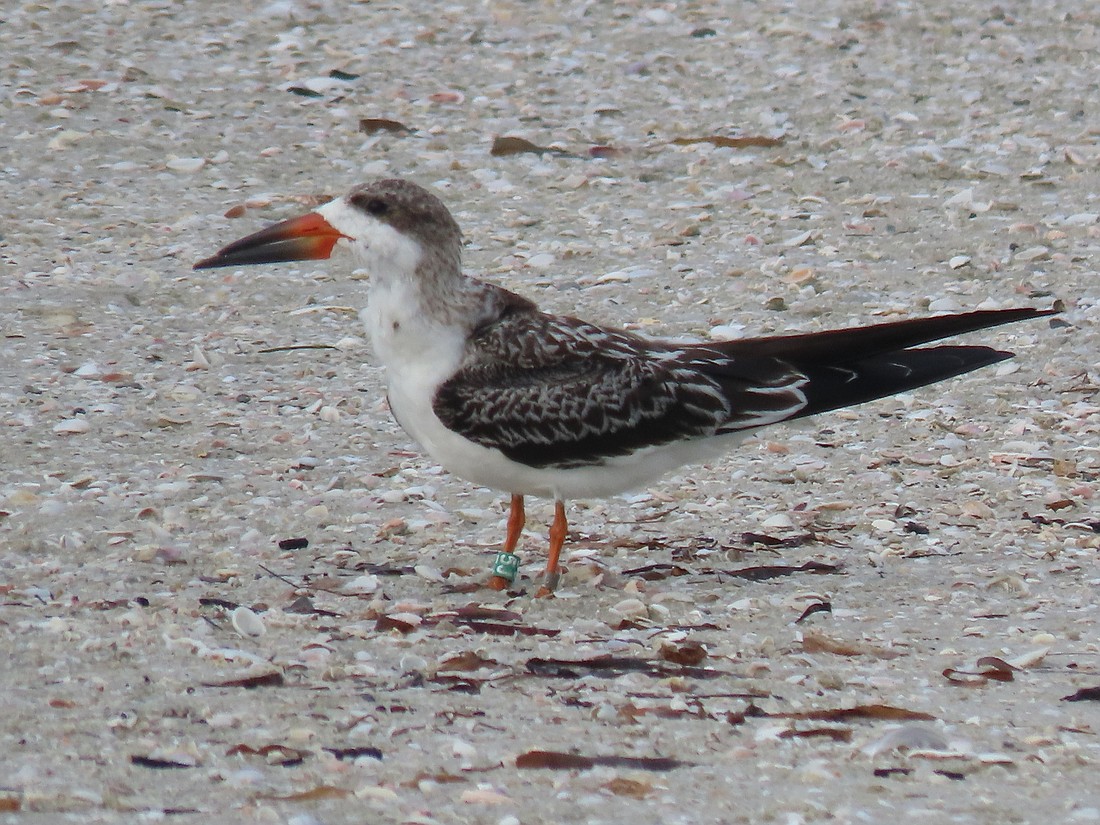- November 23, 2024
-
-
Loading

Loading

Although humans barely feel a change in the weather, fall is on the way. Shorebird nesting season has ended in the Longboat Key and Lido Key area and the season went well in spite of red tide, storms and predators.
As usual, Lido Key’s beaches served as the nesting hub for black skimmers, snowy plovers and least terns. The latter two even returned to lay a few nests on South Lido, a recently renourished area of beach where birds haven’t gone since 2013. Predation was the biggest detractor to nesting season and all three types of birds suffered from crow and gull attacks. Early in the season, a cat on the beach disturbed the black skimmers.
“They completely shifted and moved from where they were nesting to the very north end of Lido and settled there, which I think turned out better for them as far as disturbances go,” Audubon Florida shorebird coordinator Kylie Wilson said.
Birds on Longboat Key and Lido were disrupted by overwash from Tropical Storm Elsa, but most nests had hatched by then. Wilson has noticed a delayed effect from red tide and said she has been seeing more sick birds recently.
“When red tide had first gotten started, we were seeing some dead skimmer flushes on the beach, and we can't say for sure if that was related to red tide,” Wilson said. “The timing makes us think so, but we did get FWC (Florida Fish and Wildlife Coalition) to take them for sampling and we're still waiting to hear back results.”
On Longboat Key, the least terns were in a private, well-protected area. The biggest problems those birds dealt with were predatory birds, along with dogs. Tourists and residents got the message about dogs on the beach as the season moved ahead.
“We really worked with the community … and with the city of Sarasota about getting the word out about the impacts they have on birds and I think that helps a lot,” Wilson said. “We’re just kind of giving the community a pat on the back for for recognizing the importance of keeping the beach ‘Fido free’ as the city put it.”
The least terns, which Wilson said have left for South America. Birds such as red knots and piping plovers fly south and settle on Lido in the winter, while many of the skimmers of the area head over to Siesta for their off-season. The nesters will return in March to settle down again.